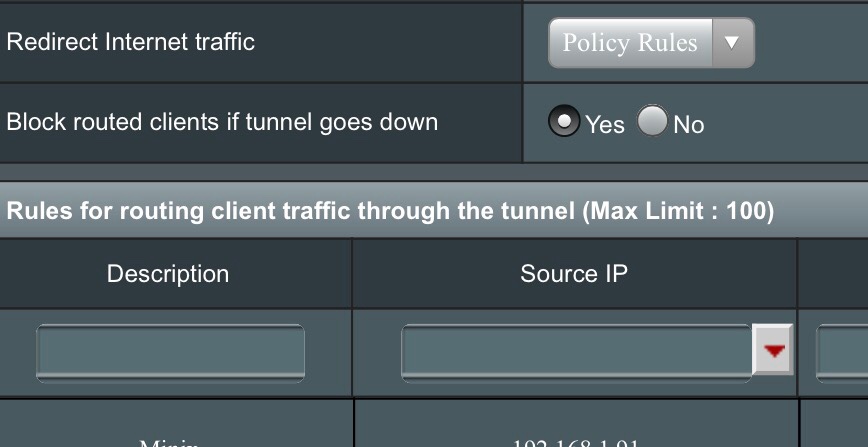yorgi
Very Senior Member
You cannot use PING to see if your lan is working. You would have to make a rule on a win PC to let PING go throught.I finally managed to ping my client machine from the local machine by setting the Protocol type to `Any` (instead of `UDP`) and by switching the 2 ip addresses of the scope. Is it safe though?
Microsoft over the years has become super secure and they block everything.
Instead of pinging the PC do a file share and see if you see it through your server.
if you need to use ping then make a rule that ICMPv6 be allowed. now if you ping that PC it will work.
Also if you are using win10 update to the anniversary edition because they fixed these issues and you don/t need special firewall rules to establish a share.
Use TCP protocol instead of UDP on your windows firewall instead of any.
At the bottom of the article you have this
Windows firewall fix that blocks VPN server:
If you enable LAN to clients option and are connecting to a win 10 computer
you will only be able to use remote desktop, File and printer sharing won't work.
Here is a fix for the firewall in order to have file and sharing work when connected to the VPN server.
go to control panel and start windows firewall. Then click on advanced settings.
Now create a new Inbound rule. Program/All Programs/Allow the connection/Domain, public and private enabled, then save the rule as VPN TCP.
Look for the rule you created in the inbound rules and double click on it so you can see the properties. Go to protocols and Ports and put Protocol TCP on all local ports and remote ports. In scope "Local IP addresses" add the local IP address of the win 10 pc you want to have access to file sharing "these IP addresses" example 192.168.1.124 and in "Remote IP address" "These IP addresses" put the IP address of the VPN server sunbet. example 10.8.0.0/24
Check and see the "VPN Subnet / Netmask" in advanced settings in VPN server to make sure you put the right address.




